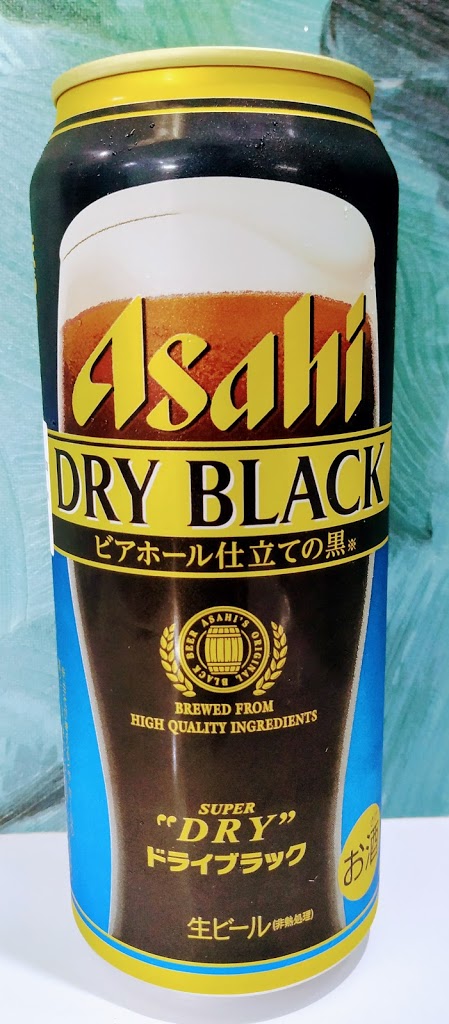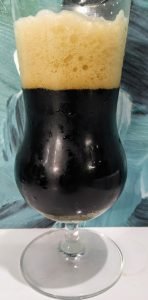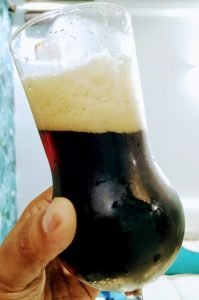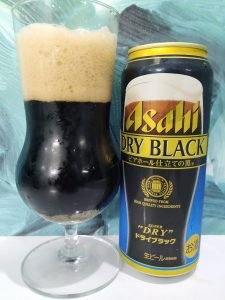Beer Name : Asahi Super Dry,
Manufacturer : Asahi,
Origin : Japan,
Company founded in : 1889,
Beer Type : Pilsner,
SRM : 8%,
Abv : 5%,
IBU : 30%,
About the Beer :
Asahi which is pronounced “A-Sa-Hee”, means ‘rising sun’ and is Japan’s number one beer. The beer pours forth from the bottle with a deep ruby/mahogany color. One-finger thick head recedes to a simple frothy coating on the top of the beer. With its dark, velvety good looks, you can expect this black beauty to be full-bodied and heavy like a dark ale
It smells like sweetly roasted malts along with earthier characteristics. Not much going on in the hop side of the scent analysis. However it has a very rich and inviting smell.
I can taste much of the same qualities as with the smell, Flavors are of dark toasted nuts and bread crusts, dark fruits, and some caramel malt. Nothing complex, but still interesting. This is very enjoyable, but I wish there was something extra.
Super Dry Black is easy-to-drink and maintains a dry, crisp, refreshing flavour of Asahi Super Dry. It’s clean lager taste imparts a deeper sweet nuttiness and its rich smooth flavour offers a new lager experience. I would have probably guessed this one was a decent brown ale if I hadn’t seen the Can.
My Own Rating:
AROMA : 6/10
APPEARANCE : 7/10
TASTE : 6/10
PALATE :6/10
OVERALL : 6/10
History :
Asahi was founded in Osaka in 1889 as the Osaka Beer Company, During the First World War German prisoners worked in the brewery.The company’s primary beer from 1957 through the late 1980s, was Asahi Gold. In 1987 Asahi introduced Asahi Super Dry a product that transformed the modern beer industry in Japan. This highly successful launch led to a significant rise in consumer demand for dry beer and in turn to a dramatic turnaround in Asahi’s business performance.
According to Michael Jackson, Dry Beer was derived from Diet Pils, a style of highly-attenuated Pilsner intended for drinking by German diabetics. Modern Dry Beer is characterized by unusually high attenuation, which is achieved through a combination of yeast and ingredient choice, long fermentation time and in some cases special chemical processes designed to break down ordinarily unfermentable sugars into smaller, more fermentable ones.
Note: Attenuation is the amount of sugar converted into alcohol and carbon dioxide by yeast.




